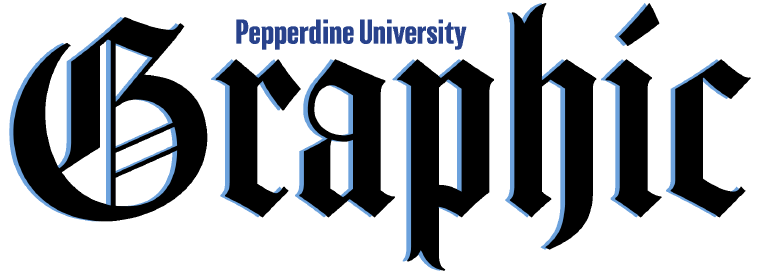Rhonda Hariss-Scott
Health Columnist
On the third Thursday of every November the nation observes the Great American Smokeout. The Great American Smokeout is an initiative sponsored by the American Cancer Society to combat the 400,000 deaths per year caused by tobacco use.
The issue of tobacco use by young adults is an extremely important topic. Cigarettes, cloves, cigars, snuff, chewing tobacco and pipes cause many health risks and eventual death. Tobacco use is still the leading cause of preventable deaths in the U. According to the Centers for Disease Control, “More deaths are caused each year by tobacco use than by all deaths from HIV, illegal drug use, alcohol use, motor vehicle injuries, suicides, and murders combined.”
Carbon monoxide is inhaled from cigarette smoke and is a major source of airway irritation. Carbon monoxide also enters the blood stream and can cause a decrease in oxygen to the muscles, therefore causing a decrease in physical ability, agility and performance. Most smokers experience an increase in phlegm production and cilia paralysis caused by the constant irritation. This paralysis, coupled with the fact that smokers have an increased amount of mucus, can lead to more bouts with flu and pneumonia. The persistent cough that most smokers experience is due to the body trying to remove the unnatural substance. There are at least 4,000 chemicals in tobacco smoke, many of which are carcinogenic and teratogenic.
Non-smokers are at risk if they encounter concentrated cigarette smoke routinely. Second-hand smoke or ETS (Environmental Tobacco Smoke) is a mix of the smoke from the burning end a cigarette and the smoke that is inhaled and then exhaled by the smoker. Kids are at greater risk of health issues because their lungs are still developing. ETS damages the developing lung cells, and research has shown that ETS gives infants an increased risk of developing asthma, bronchitis, pneumonia and dying of SIDS (Sudden Infant Death Syndrome). It is important for people to realize that smoking doesn’t just affect one’s own health; it also affects others.
Most young people don’t realize that the effects of tobacco use begin right away. Addiction is defined by Saunders Encyclepedia and Dictionary of Medicine, Nursing, and Allied Health as “a physiologic or psychologic dependence on some agent with a tendency to increase its use.” Tobacco use can lead to addiction and the physiological dependency to nicotine.
The good news is that if you quit now, most of these changes can be reversed and a lot of the symptoms will go away. The Great American Smokeout this year will be Nov. 18. Anyone who would like more information can stop by the Health Center’s Lucy Booth from 11:30 a.m. to 1:30 p.m., across from the Oasis Café to pick up information on tobacco cessation and a “Quit Kit” for a friend, loved one or yourself. The Wellness and Health Promotion program will begin offering “Tobacco Cessation” courses in the spring so that those who need help can receive it. Remember, it is never too late to make a good decision.
MM-DD-YYYY

